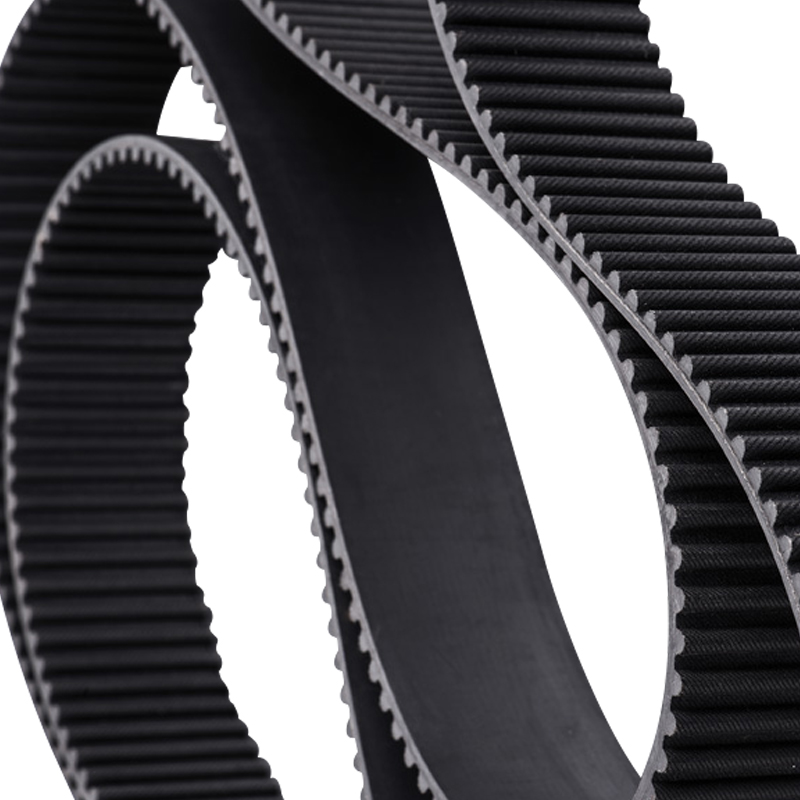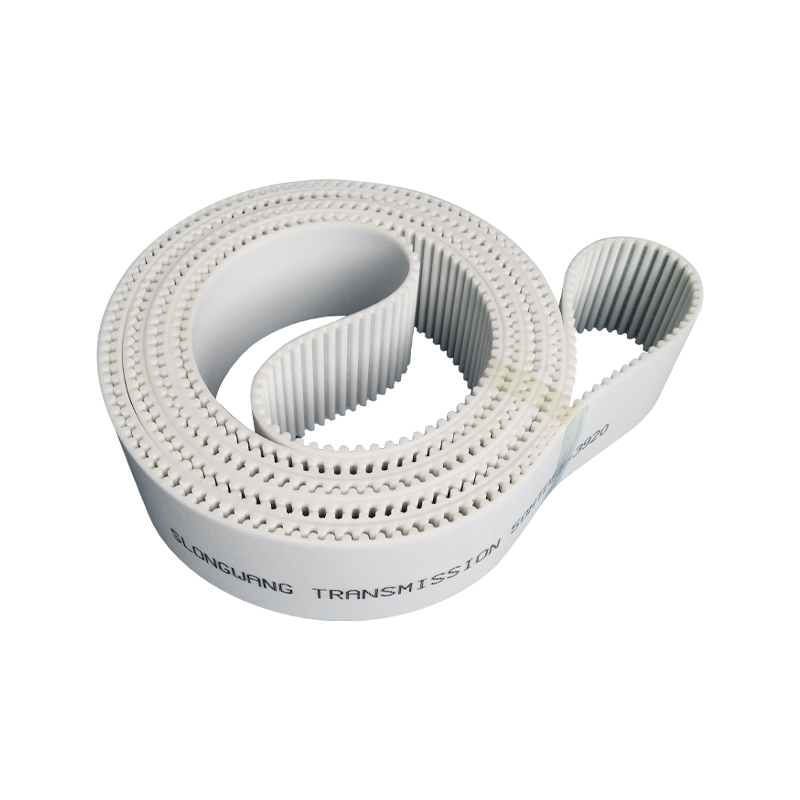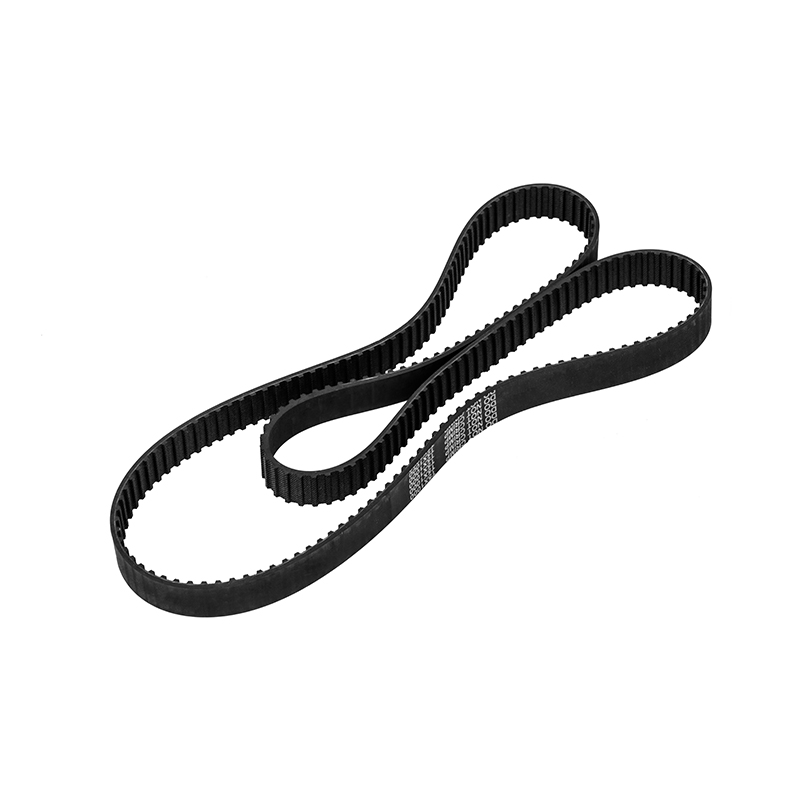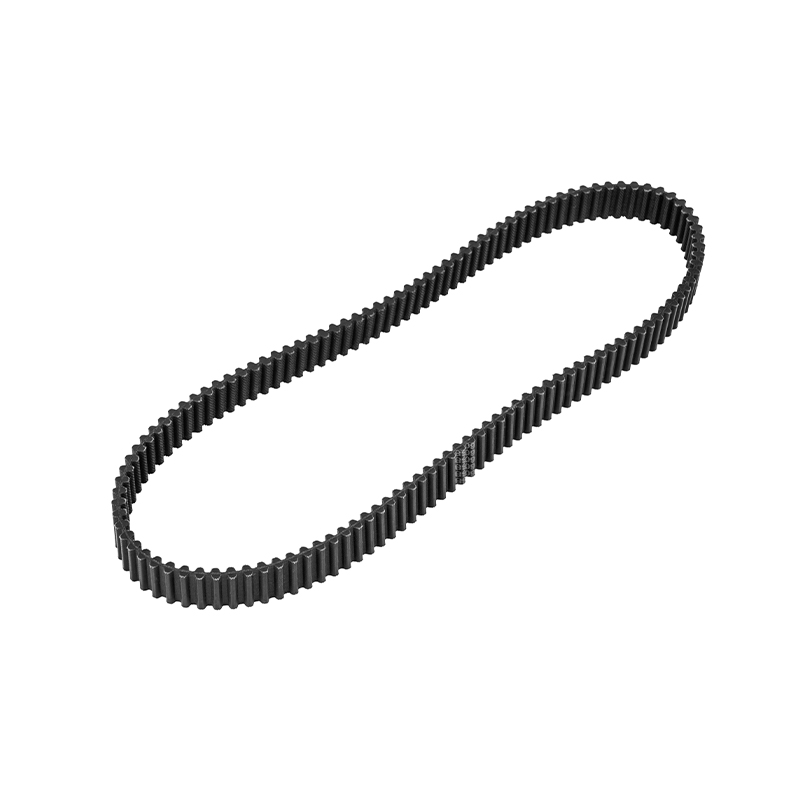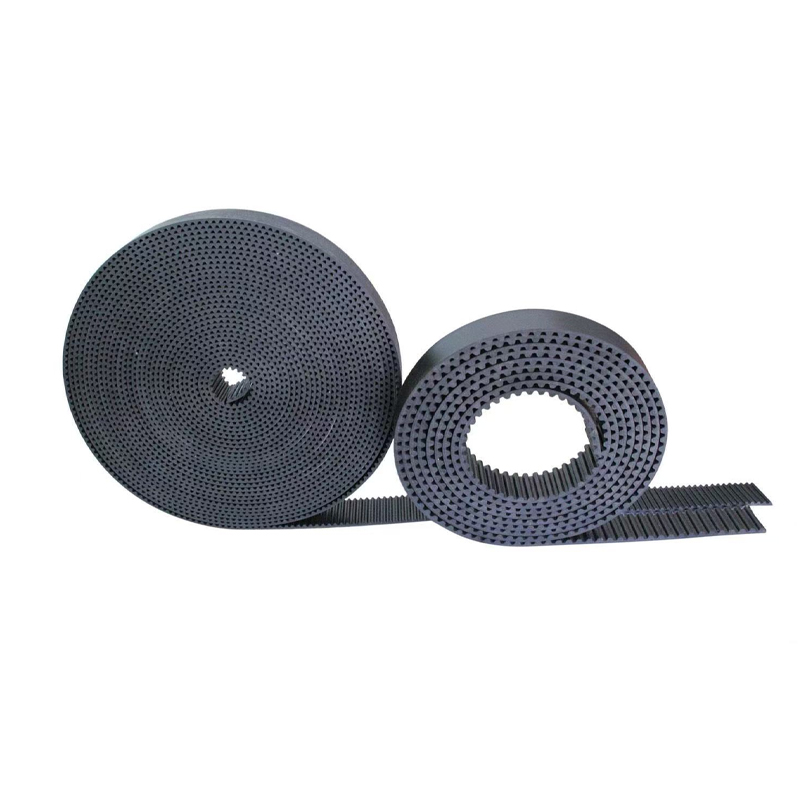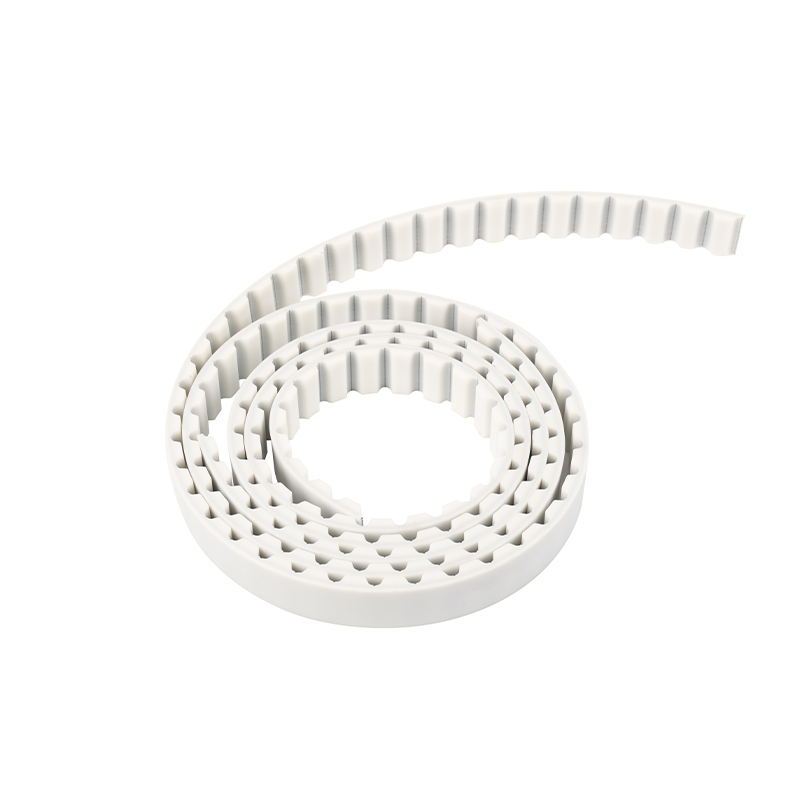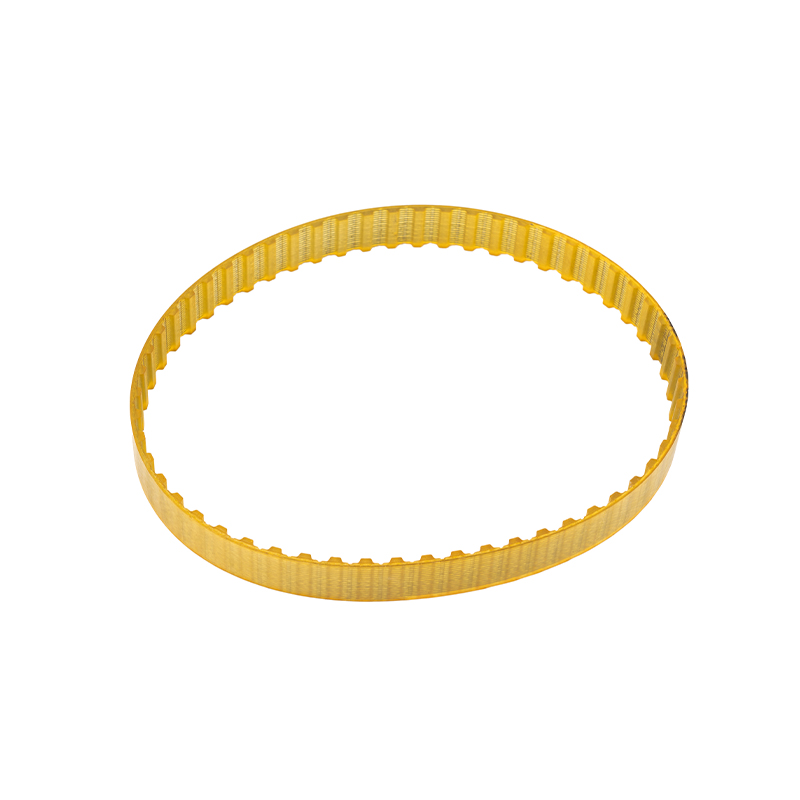What are the wear resistance and anti-aging properties of rubber timing belts?
2025-04-30
As a common transmission element, rubber timing belt plays an important role in mechanical transmission systems. It is widely used in various equipment, especially in automobiles, home appliances, industrial machinery and other fields. The wear resistance and anti-aging performance of rubber timing belts are one of the important factors that determine their service life and working stability. The wear resistance of rubber timing belts is mainly reflected in its ability to withstand friction without being easily damaged under long-term high-load working conditions. Compared with traditional metal or plastic transmission belts, the surface of rubber timing belts is usually softer and can effectively cooperate with the pulley to reduce wear. Especially in high-speed or high-load environments, the internal molecular structure of rubber timing belts has been specially treated, making the belt body have strong wear resistance, which is significantly helpful for reducing friction in long-term operation and improving system efficiency.
The wear resistance of rubber timing belts is also affected by the rubber materials and manufacturing processes used. High-quality rubber materials can enhance the wear resistance of the belt body, so that it can maintain stable performance in different working environments. Reasonable production process can further improve the wear resistance of synchronous belts. By optimizing the rubber formula and adding appropriate filling materials, the rubber timing belt can effectively resist the heat generated by friction during use and avoid belt damage caused by excessive wear.
Anti-aging performance, which is closely related to wear resistance, is also a key part of the performance of rubber timing belts. As rubber materials age over time, especially when exposed to air, ultraviolet rays and oxygen, rubber will gradually lose its elasticity and softness, resulting in a decrease in transmission effect. The anti-aging performance of rubber timing belts determines that they can maintain good working conditions in various environments. By finely designing the formula of rubber materials and adding ingredients such as anti-aging agents, anti-ultraviolet materials and antioxidants, the aging process of rubber timing belts can be effectively delayed and the losses caused by aging can be reduced.
The anti-aging performance of rubber timing belts is not only reflected in the tolerance to temperature and environment, but also in the resistance to oil and chemicals. In some industrial environments, mechanical equipment will be exposed to various chemicals or oils, and ordinary rubber materials may be corroded by these substances and their performance may be degraded. High-performance rubber timing belts can resist the influence of the external environment and maintain good anti-aging properties through special chemical composition and reinforcement materials.
The wear resistance and anti-aging properties of rubber timing belts depend on the combined effects of their material composition, production process and external environment. By selecting high-quality raw materials and advanced manufacturing technology, rubber timing belts can work stably for a long time in a variety of working environments, reduce problems caused by wear and aging, and extend their service life. This is why rubber timing belts can still be an ideal choice in many high-load, high-speed equipment. For users, reasonable selection and regular maintenance of these synchronous belts can effectively improve the working efficiency of the equipment and reduce maintenance costs.


 English
English 中文简体
中文简体

